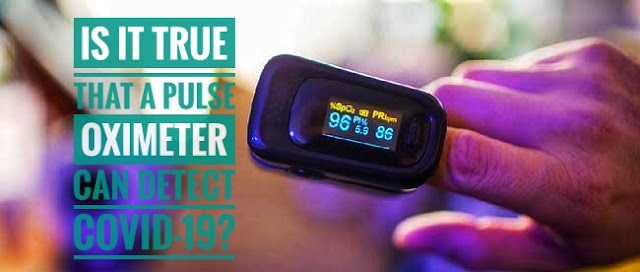What is a Pulse Oximeter?
Pulse oximeter is a tool that serves to check the condition of the heart and lungs. This tool is also used to detect happy hypoxia, a condition when oxygen levels in the blood are very low.
Happy hypoxia can cause major organs in the body to malfunction and be fatal. The pulse oximeter's ability to detect lung conditions also makes this tool highly sought after in the market in the midst of the current covid-19 pandemic.
How does a pulse oximeter work?
Pulse oximeter works by measuring oxygen saturation (SpO2) and pulse in the blood. That way, you can check the condition of your heart and lungs without having to take a blood sample, just use a pulse oximeter.
Oxygen saturation (SpO2) is the percentage of hemoglobin in the arteries that is bound to oxygen. Hemoglobin is what flows from the heart to the rest of the body.
If you are in good health, the oxygen saturation value is around 96 to 99%. The value of oxygen saturation in the body will decrease if you have lung damage such as pneumonia.
Therefore, a pulse oximeter is useful for detecting the possibility of severe pneumonia. Keep in mind, pulse oximeter is a medical device for doctors.
So let a medical professional interpret the meaning of the pulse oximeter readings. The pulse oximeter can be purchased online and is easy to operate.
However, as a primary guide, you should still consult a medical professional.
Can a pulse oximeter detect Covid-19?
In the midst of the global COVID-19 pandemic, the pulse oximeter has become an object that has received the attention of many people. This is because a pulse oximeter is used for people with pneumonia, an inflammation of the lungs with symptoms similar to COVID-19.
However, in reality a pulse oximeter cannot detect COVID-19 infection in a person's body. It should also be remembered that lung inflammation is not necessarily Covid-19, it could be a symptom of another disease so it requires a lab analysis to find out whether it is Covid-19 or not.

